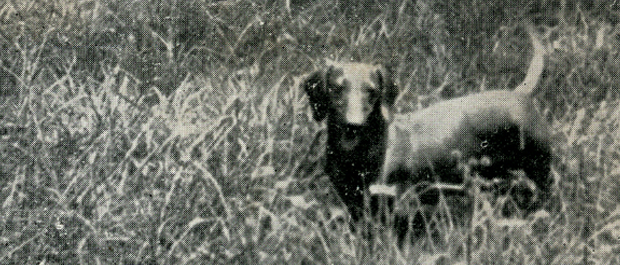- Duke Magazine »
- Writers »
- Valerie Gillispie
ARTICLES BY Valerie Gillispie
-
November 25, 2021
-
June 28, 2021
-
March 20, 2021
-
July 22, 2020
-
February 26, 2020
-
November 19, 2019
-
May 17, 2019
-
February 11, 2019
-
October 25, 2018
-
June 13, 2018
-
February 7, 2018
-
October 30, 2017
-
December 16, 2016
-
October 21, 2016
-
June 6, 2016
-
March 15, 2016
-
May 1, 2015
-
February 24, 2015
-
December 11, 2014
-
September 29, 2014
-
November 19, 2013
-
September 19, 2013














